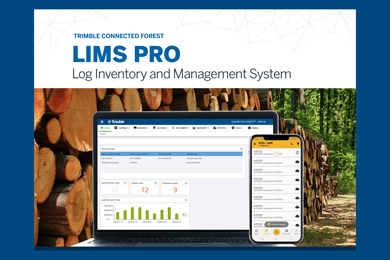Thousands of trees are set to be planted to mark the coronation of His Majesty King Charles III with a new government fund launching today (Saturday 5 August), celebrating His Majesty’s passion for the environment.
The new £2.5 million fund will enable local authorities to create green spaces and connect communities with nature as a permanent reminder of the Coronation, while helping meet the government’s targets to treble tree planting rates by the end of this Parliament and ensure that 16.5% of land area is under tree cover by 2050.
The projects could include initiatives such as the creation of community orchards and tree nurseries, new ‘Miyawaki’ miniature woodlands in urban areas, and tree planting on farms.
This tree planting initiative aligns with His Majesty’s interest in nature, having held a number of patronages for wildlife and conservation charities during his time serving as the Prince of Wales.
The Fund follows the launch of a number initiatives to mark the Coronation of His Majesty earlier this year, including the renaming of England’s longest national trail as the ‘King Charles III England Coast Path’, the launch of the ‘King’s series of National Nature Reserves’, and Forestry England’s creation of the first official Coronation Woodlands in April 2023.
Through the Government’s Environmental Improvement Plan we want to be the first generation to leave the environment in a better state than we inherited it and for more people to get out and experience our incredible wildlife and landscapes in this Coronation year.
Environment Secretary, Thérèse Coffey said:
“Building on the launch of the first Coronation Woodlands this year, I am delighted that communities across the country will be able to create new spaces to enjoy trees which will serve as a permanent reminder of His Majesty’s Coronation in their local areas.
“These new trees will mark His Majesty’s passion for trees and woodlands and deliver a range of benefits for the natural environment – from carbon sequestration, to habitat creation and the boosting of human health and wellbeing”.
Chair of the Forestry Commission, Sir William Worsley said:
“I am delighted that today we are opening the Coronation Living Heritage Fund to commemorate the Coronation of His Majesty King Charles III. This will enable communities to grow new and diverse trees to enrich the environment in which people, wildlife, and nature coexist for generations to come”.
Applications are welcome today (5 August) from upper tier local authorities and district and city councils in England, for grants between £10,000 – £50,000. Projects eligible for funding will cover:
- Coronation Community Orchards: to provide grants for local people and groups to establish community orchards;
- Coronation Miyawaki Woods: to plant miniature areas of woodland in urban areas using the Miyawaki method, involving careful soil preparation to rapidly plant dense native woodlands that are usually the size of a tennis court;
- Coronation tree packs: free or subsidised tree schemes, administered by local authorities for local residents and organisations;
- Trees on farms: to provide grants for local farmers and residents to plant trees on agricultural land;
- Small and Community tree nurseries: to support small and community-run tree nurseries to set-up, increase production, improve their biosecurity practices, or fund audits, advice, or support for the Plant Healthy Certification Scheme.
These projects will be run by local authorities that apply successfully to the fund. Other groups, such as parish councils and housing associations, that are keen to get involved can contact their relevant county, unitary, metropolitan borough or district council.
The fund will be open for five weeks from Saturday 5th August to Monday 11th September.
To apply, please visit this page.
To read other Tree planting posts click here.










